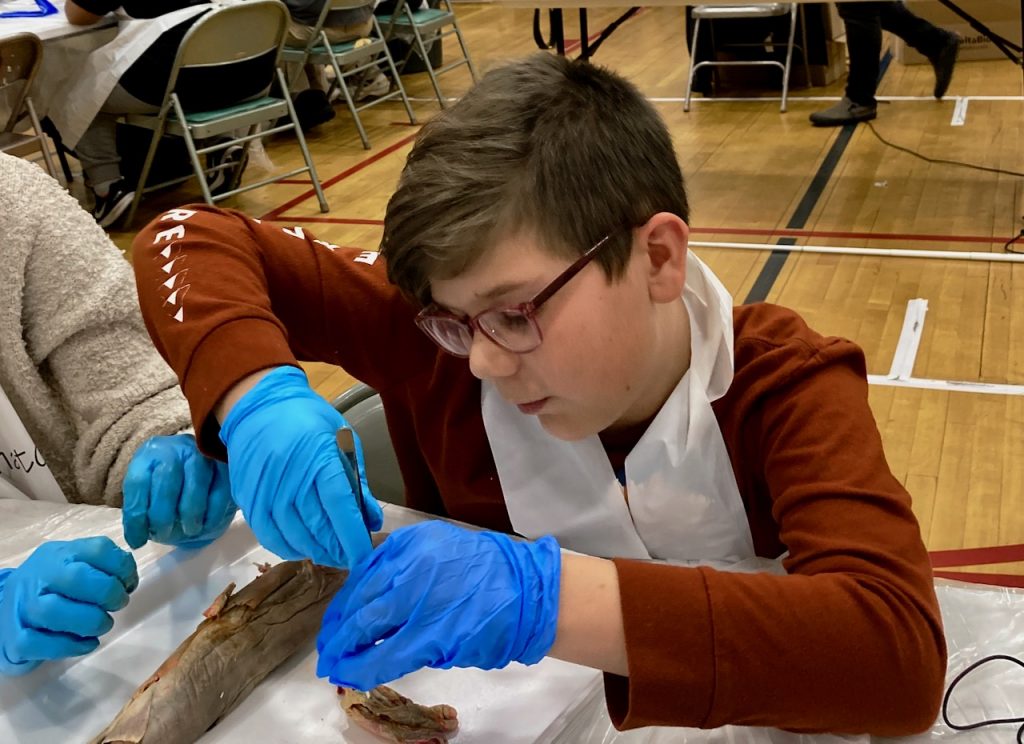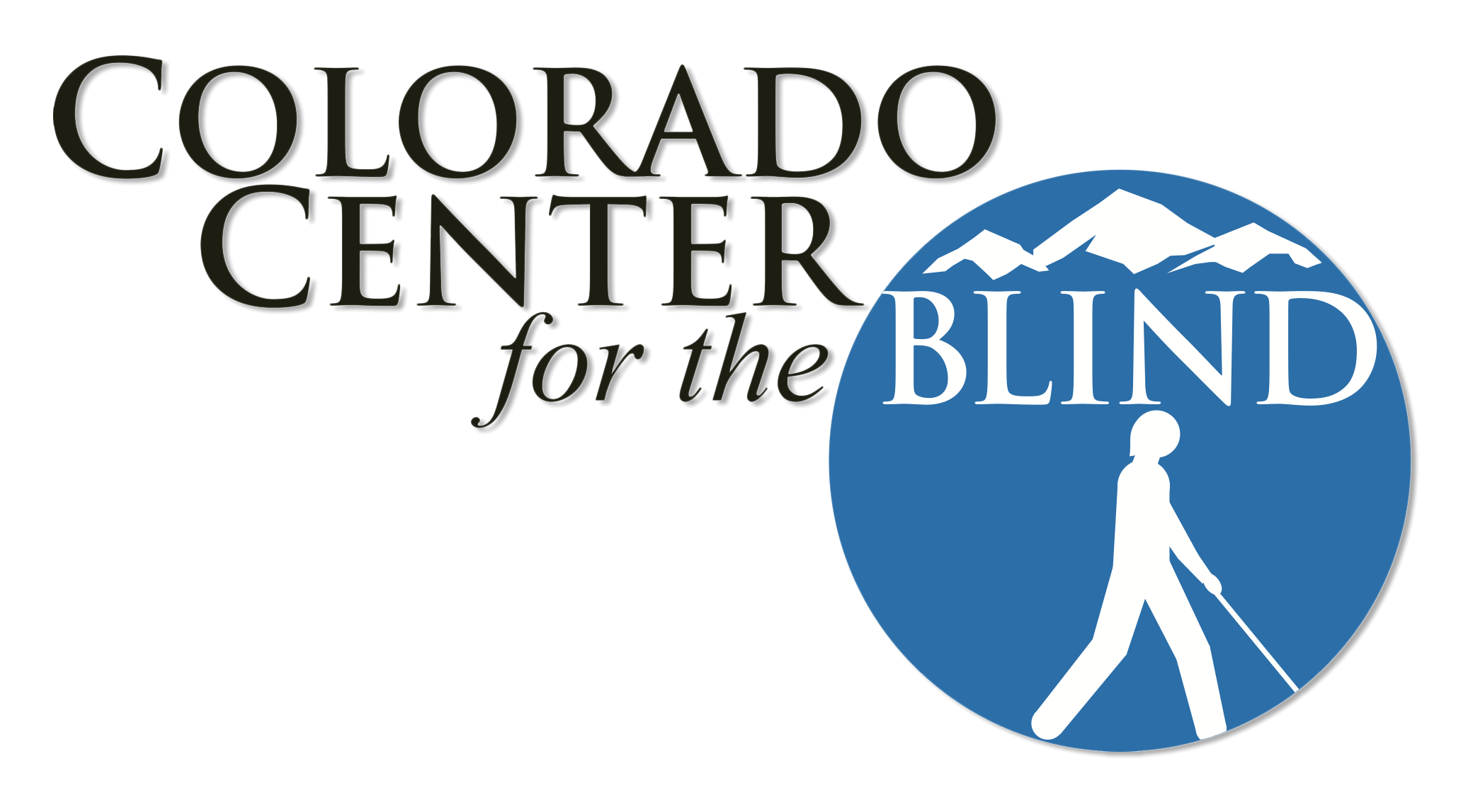
Some things just don’t translate to the virtual. (Okay, after nearly two years with Zoom in our lives in a big way, we can say that a lot of things don’t really translate well.) Let’s put our annual shark dissection for blind and low vision students high on that list.
And we’re not talking about the smell of fishy Formaldehyde down in the gym, though that is also true.
We missed a year because of COVID concerns in 2021, and you could feel that surge like we are coming back as nearly 30 students participated in this year’s annual shark dissection with Arapahoe Biology Professor Terry Harrison on Monday.
We had about twenty students from fourth grade up, plus another 10 or so from the center’s Independence Training Program (ITP). The Colorado School for the Deaf and the Blind (CSDB) brought a host of their students up from Colorado Springs despite less than ideal road conditions south of the Palmer Divide, and a number of students from the metro area also made their way to CCB’s gym on Monday morning.
The significance of the shark dissection has always been to bring hands-on experience to blind youth who are too often set aside in STEM activities in K-12. Believe it or not, blind students have often been told to simply observe because they couldn’t see to do an activity in the lab. Blind students learn best when they can get their hands on things and, in this case, wield the scalpel and examine the anatomy nonvisually. Of course, all learners benefit most from doing instead of talking about doing, right?
And that’s what Professor terry Harrison did for the umpteenth time, everyone gloved and gowned and more than a few wrinkled noses, Terry led students through the steps of examining the sharks on the outside, identifying dorsal and pectoral fins, gill slits, and sharp teeth, before taking up the scalpels and making the incisions to examine the internal organs. This is not the description of a shark’s anatomy, this is directly exploring, experiencing, and coming to know the shark’s internal organs and their functions.
You can’t learn this stuff from simply “observing,” especially when that student relegated to “observe” can’t really see what they are supposed to “observe.”
The other significance of our shark dissection is that blind students often don’t have other blind students in their schools, so they get to meet other kids who are also blind, and they get to work with older blind role models as well.
That’s what our Director of Youth Services, Anahit LaBarre has been hearing all week in feedback from parents and teachers. It’s not just learning about the sharks, it’s also getting to hang with other blind students and meet some young blind adults they can look up to.
And that’ is a lot at any time, but especially after so much virtual time in the past two years!
Again, thanks to Professor Terry Harrison and Arapahoe Community College for helping us make this happen. And thanks also to the teachers in the Denver area and from CSDB and all the parents who made sure their students could be here for all the action!

